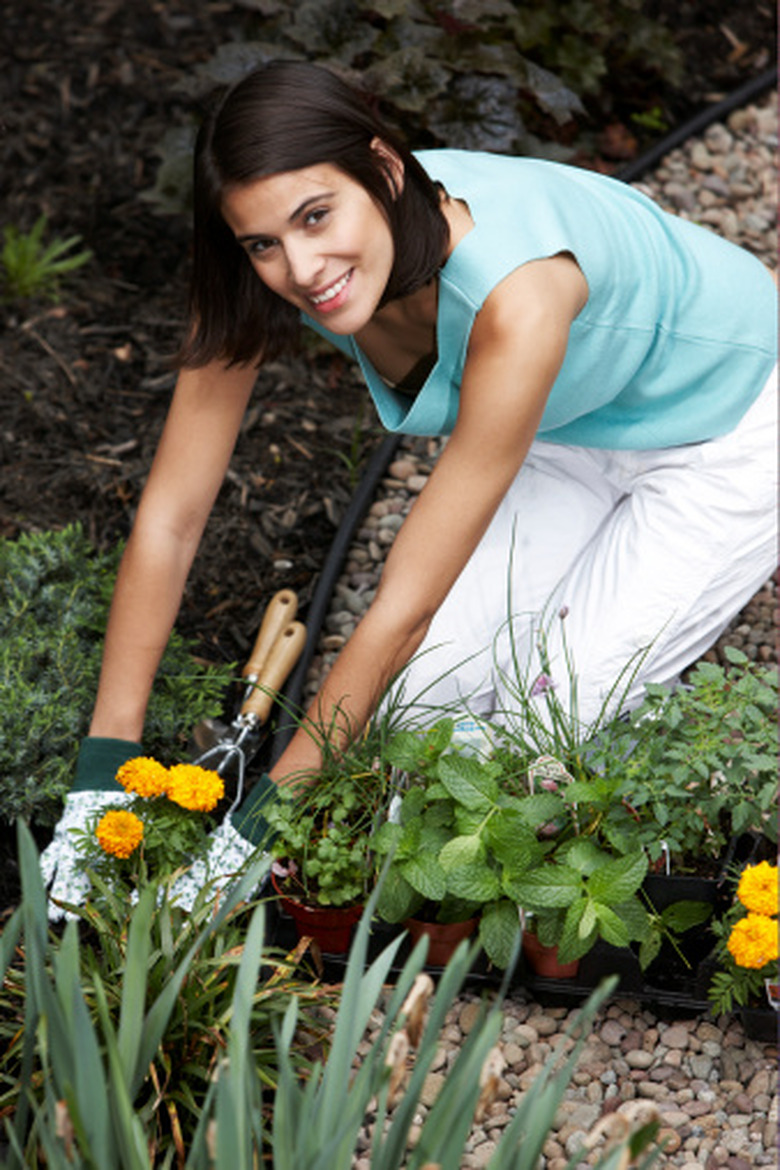How To Make Natural Fiber Plant Pots
Things Needed
- Natural fiber
- 1/4-cup cornstarch
- 2/3-cup water
- Pot
- Spoon
- Stove
- Glass
Natural fiber plant pots are biodegradable gardening supplies that enable the home grower to start seeds indoors and transplant them with ease. Since they are made of natural fibers, these pots will decompose when planted in your lawn. However, the decomposition process may take several weeks, as it would when you are composting. However, you can expedite decomposition through using fewer layers and narrower strips of material during construction or removing some of the pot before planting.
Step 1
Get a natural material such as unbleached paper. Tear strips of material 3 inches wide.
Step 2
Make cornstarch glue. Mix cornstarch and water in a pot. Heat until translucent and thick like petroleum jelly. Remove from the heat and set aside until cool to the touch.
- Natural fiber plant pots are biodegradable gardening supplies that enable the home grower to start seeds indoors and transplant them with ease.
- However, the decomposition process may take several weeks, as it would when you are composting.
Step 3
Wrap three layers of natural material around the exterior of a glass, using the form as a mold. Apply a small amount of cornstarch glue to the edges of the paper to hold it in place.
Step 4
Rub cornstarch glue over the entire pot. Apply another layer of paper. Repeat two to three more times.
Step 5
Remove the pot from the mold and dry in a sunny area.
Step 6
Fill the pot with soil and use to start plants indoors, then transfer the entire pot into the ground; the pot will decompose, causing no harm to the plant and surrounding soil.
- Wrap three layers of natural material around the exterior of a glass, using the form as a mold.
- Apply a small amount of cornstarch glue to the edges of the paper to hold it in place.
Tip
Since your natural pots are made of organic materials, they will eventually begin to decompose or develop fungal growths. Compost unused pots with your other food wastes to avoid throwing away materials.
